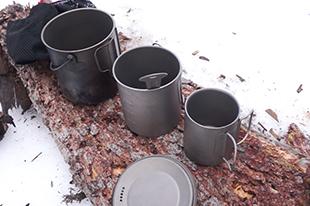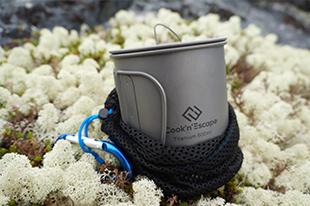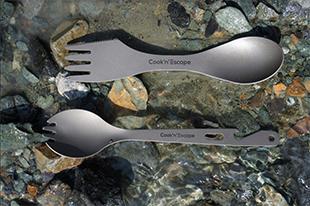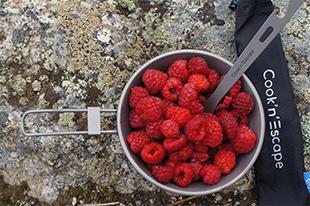Snow Trench Survival Shelter

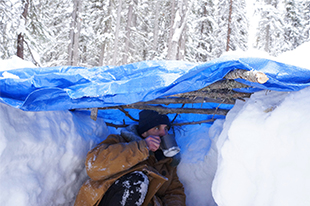
Snow Trench Survival Shelter
It was a beautiful day skiing in the mountains… Well, until the afternoon, after the avalanche hit. You are safe and escaped the cataclysm, but now the route back to your car is not practicable, your knee is hurt, and the night is falling. You need to rest. You need to sleep. You need a shelter for the night.
When things go wrong in the wilderness, they go wrong fast. It is a law of the universe, problems usually compound, but the consequences in a remote region can lead to death. The right moves can save you, but they need to be simple and yeld results quickly. Deep snow terrain is a major obstacle to mobility, especially if you don’t have skis or snowshoes. However, snow provides the most effective and practical shelter. Understand that you have to dig in a hole in the snow and use its insulative qualities to be protected from the cold and the wind.
But what kind of shelter should you build? First, look around you, do you see a stable accumulation of snow you could easily use by digging a human body-sized hole in it? Maybe even bigger if you are in a larger party. Is there a slope with hard-packed snow in proximity? This would be solution number one. If not, you may think about building a quinzhee, that means gathering a big pile of snow, let it settle, and then dig a hole in it. However, we discourage that option if you are in an emergency because building such a shelter takes time and a lot of energy. And time and energy are a luxury for tonight. Instead, you could consider a “snow trench.” Most times it is the most practical form of shelter in deep snow. Of course, you need minimal equipment to do that, like a snow shovel and a tarp. Don’t have a shovel? Maybe use a titanium pot to dig. Don’t have a tarp? Maybe just use conifer boughs if they are trees nearby. Be creative and resourceful, you can do lot with what you carry.
1- Choose the right location for your trench. In an emergency, the right location may be right where you are but look around for more options. It may be an advantage to be close to trees if you need a fire later, but trees buried under snow may impact the building of your trench. Your call…
2- Dig an elongated hole, a “trench”. As deep as you can, or a reasonable depth anyway, and long enough to be able to lie in it.
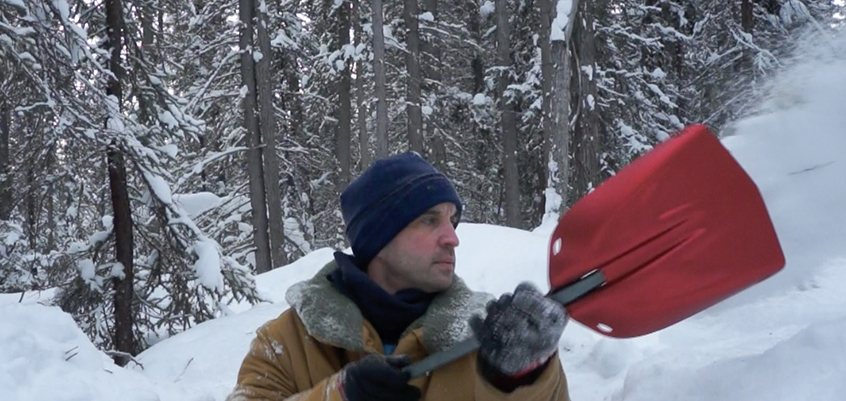
3- Put a tarp over it, or conifer boughs. If you have both, use the conifer branches as a structure, and install the tarp over it. It will make for a much stronger roof if snow falls on it.
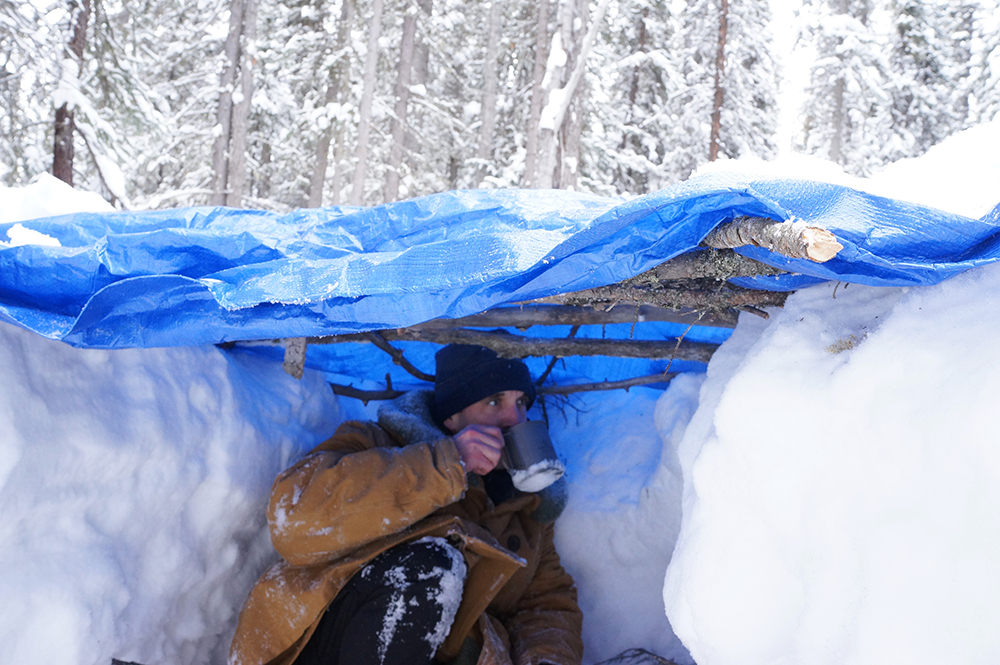
4- If you have access to trees make the ground more comfortable and insulated by placing conifer boughs on it.
5- Try to sleep. Tomorrow should be an easier day.


